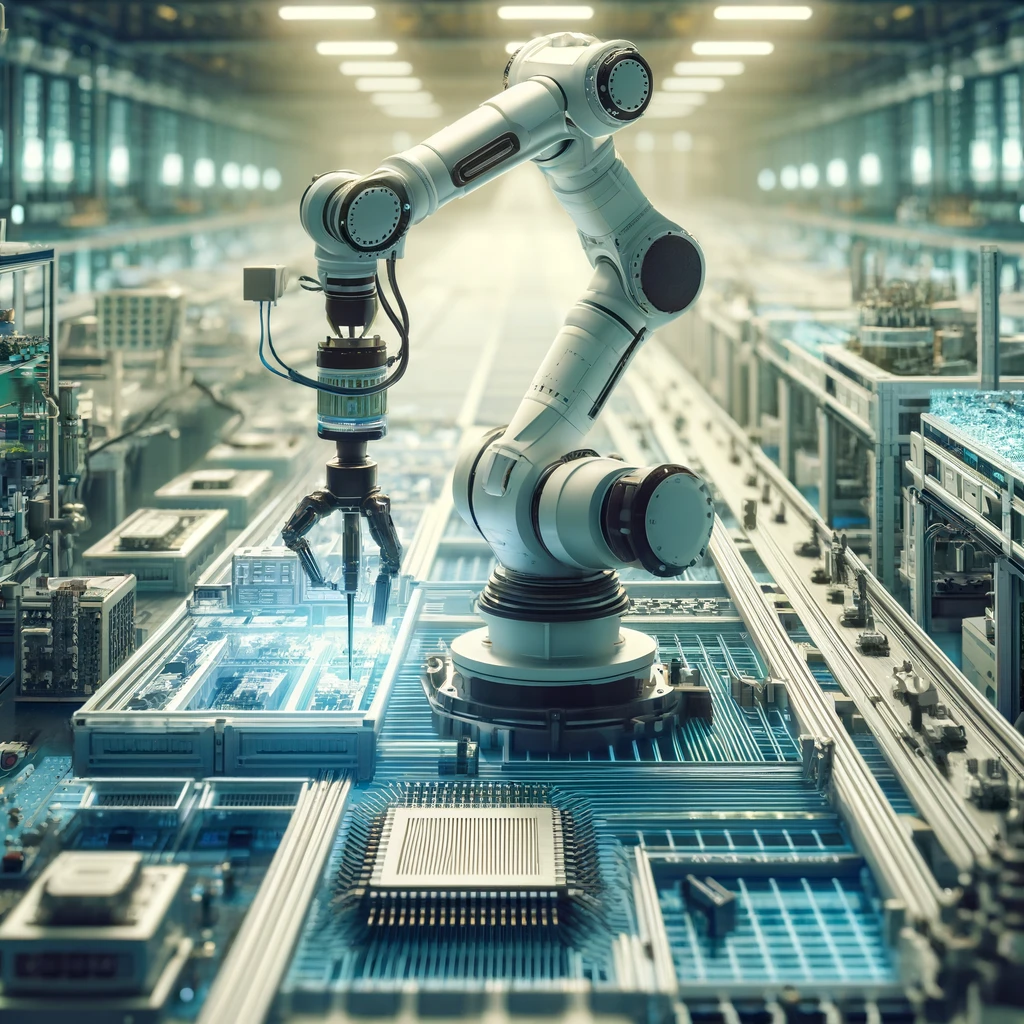Understanding Narrow AI
Narrow AI, also known as Weak AI, represents the most prevalent form of artificial intelligence in our daily lives. Unlike the fantastical portrayals of sentient robots in science fiction, Narrow AI is designed to excel at specific tasks within a limited domain or context. In contrast to Artificial General Intelligence (AGI), narrow AI doesn’t possess self-awareness, consciousness, emotions, or human-like intelligence. However, it’s important to notice, while narrow AI might seem advanced, it’s programmed to operate within specific parameters, limitations, and contexts predetermined by its developers. Imagine a chess-playing program or a voice assistant like Siri or Alexa—they’re perfect examples of Narrow AI. These systems are exceptionally skilled at their designated tasks but lack the broader understanding and adaptability of human intelligence. Many existing AI systems, including Narrow AI, rely on technologies such as machine learning, deep learning, reinforcement learning, and natural language processing for self-improvement and problem-solving.
Power of Narrow AI
What makes Narrow AI so powerful is its ability to focus on a single task and perform it with remarkable precision and efficiency. For instance, a recommendation algorithm on a streaming service analyzes your viewing history to suggest movies or shows you might enjoy. Similarly, facial recognition systems in smartphones swiftly identify faces in photos or unlock devices. Narrow AI has advantages such as:
- Enhanced Decision-Making: Narrow AI systems process data and complete tasks quicker than humans, enhancing productivity and efficiency. For instance, IBM’s Watson aids doctors in making rapid, data-driven decisions, improving healthcare outcomes.
- Automation of Mundane Tasks: Narrow AI automates routine tasks, making daily life easier. From using Siri for online food orders to analyzing data, it frees humans from repetitive chores. Self-driving cars also provide leisure time by reducing traffic stress.
- Foundation for Future AI: Narrow AI lays the groundwork for more advanced AI versions like general AI and super AI. Technologies like speech recognition and computer vision form the foundation for future AI developments. For instance, Google’s AI captions YouTube videos, while AI-powered computer vision unlocks screens and identifies friends online.
- Superior Task Performance: Narrow AI excels at specific tasks, surpassing human capabilities. For example, AI systems detect cancer from medical images with higher accuracy than radiologists. Predictive maintenance systems in manufacturing plants predict machine failures faster and more accurately than human inspection.
Flaws of Narrow AI
Narrow AI achieves its functionality through machine learning algorithms, which enable the system to recognize patterns in data and make decisions based on those patterns. However, it’s essential to understand that Narrow AI operates within predefined parameters set by its developers. It cannot extrapolate beyond its programmed capabilities or understand context outside of its designated domain. Narrow AI limitations include:
- Limited Adaptability and Flexibility: Narrow AI systems are confined to specific tasks and lack the versatility to adapt to new challenges or domains beyond their programming.
- Risk of Bias and Incorrect Results: Prone to biases present in their training data, leading to skewed predictions or decisions, which may not align with ethical standards or fairness principles.
- Challenges in Achieving General Intelligence: Narrow AI struggles to replicate complex human thought processes, hindering progress towards achieving general AI that can mimic human-like intelligence across various domains.
- Dependency on Human Oversight: Despite advancements, narrow AI still requires significant human oversight and intervention, which introduces risks of human error and ethical concerns regarding responsible use and decision-making.
Role of Narrow AI
Despite its limitations, Narrow AI plays a crucial role in various industries and applications. Businesses leverage Narrow AI to automate repetitive tasks, streamline processes, and deliver personalized experiences to customers. Employees should actively explore various AI tools to harness their full potential in the workplace. By familiarizing themselves with different AI technologies, they can discover innovative ways to streamline processes and enhance productivity. Additionally, employees should leverage their creativity to envision novel applications of AI in their work, unlocking new opportunities for efficiency and effectiveness. Embracing AI with creativity empowers employees to stay ahead of the curve and maximize the benefits of technological advancements in their professional endeavors.
In essence, Narrow AI may not possess the broad intelligence and adaptability of humans, but its focused capabilities make it an invaluable tool in our increasingly digital world. As technology continues to advance, we can expect Narrow AI to become even more sophisticated, transforming the way we work, communicate, and interact with the world around us.
